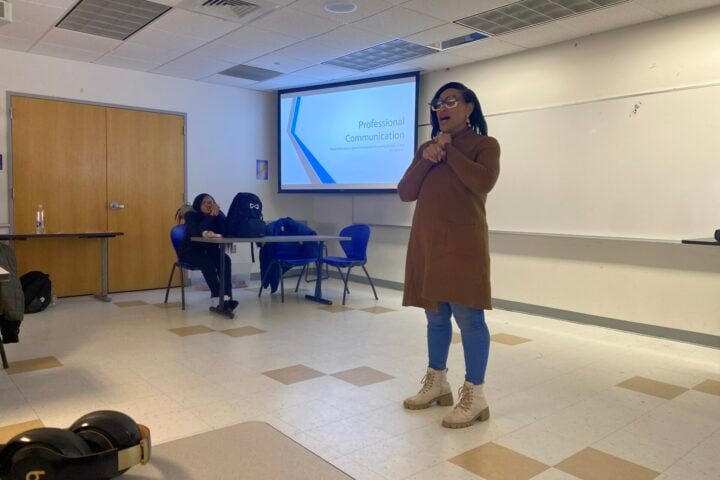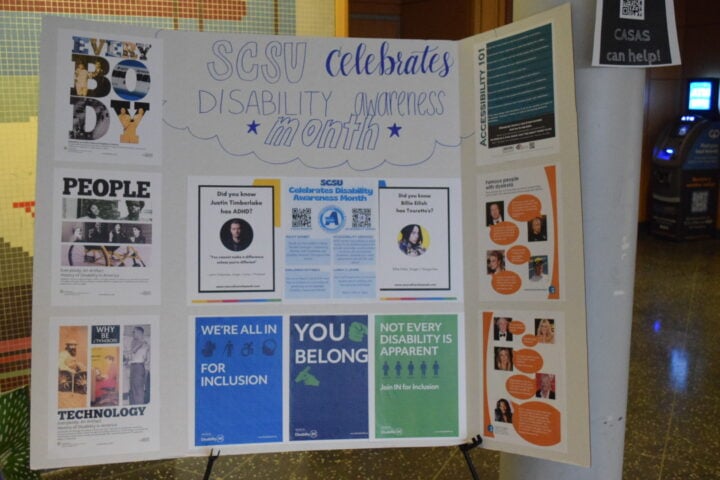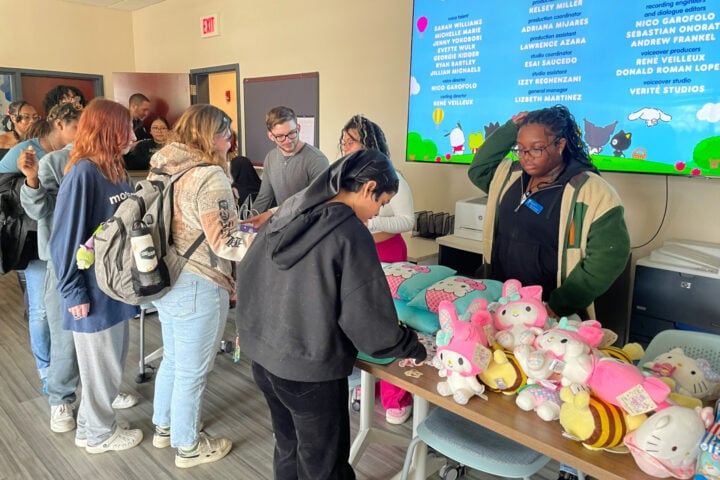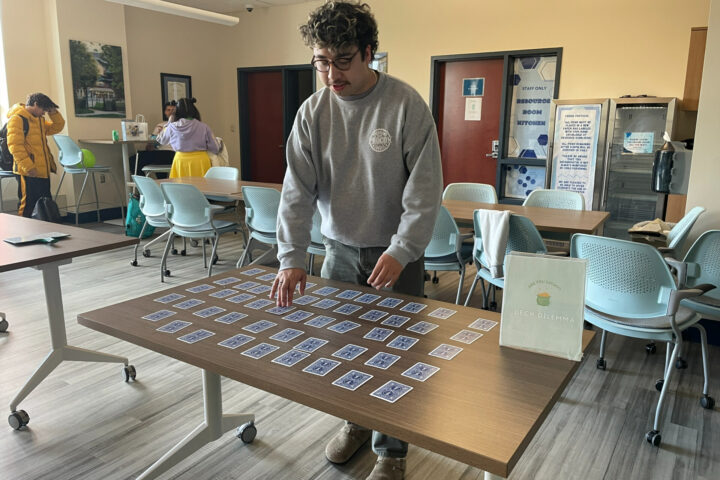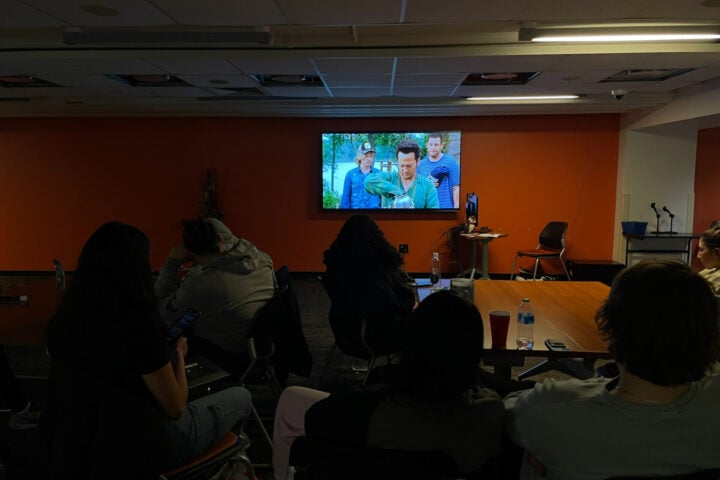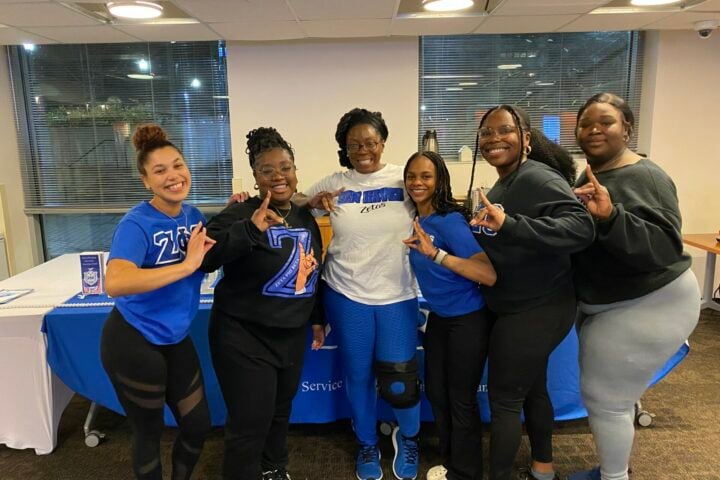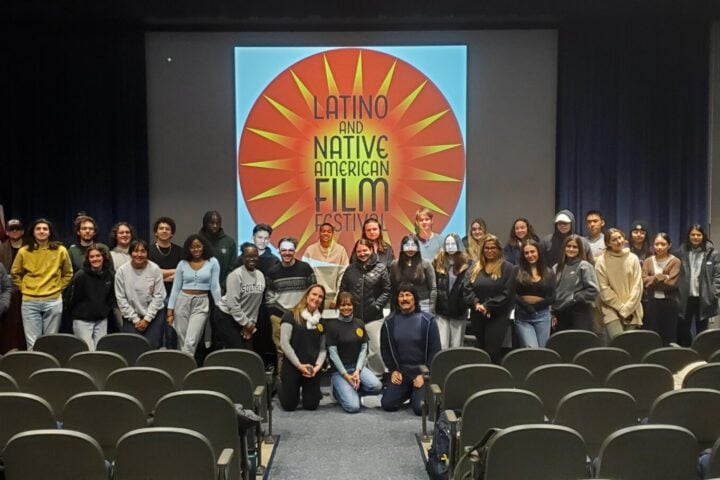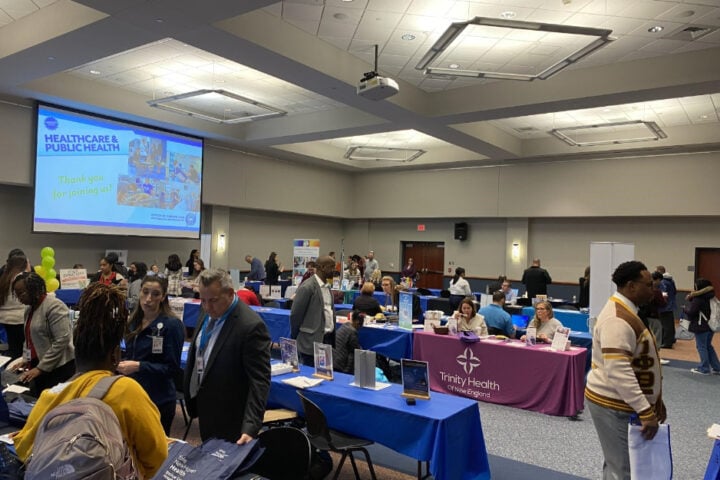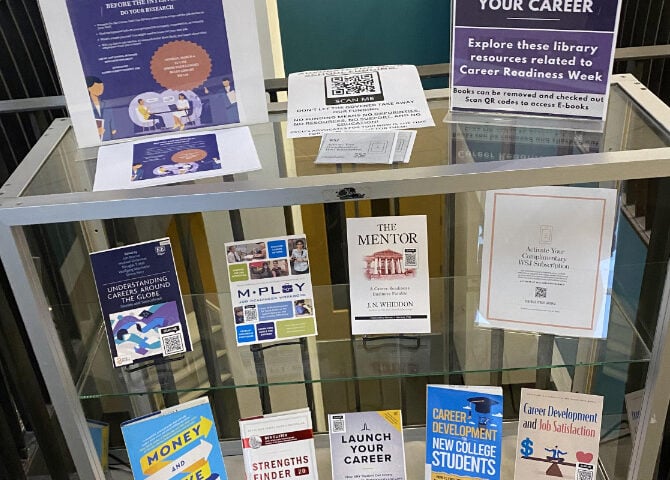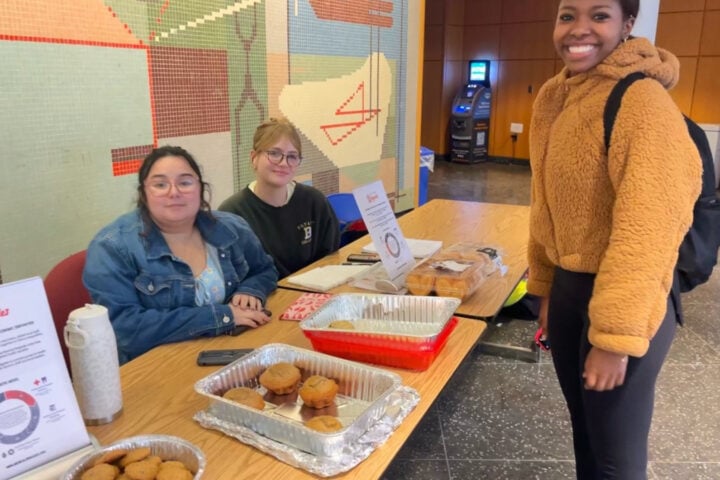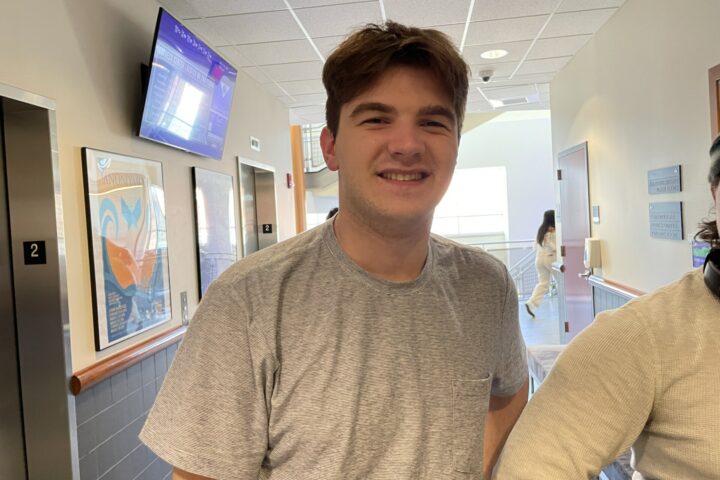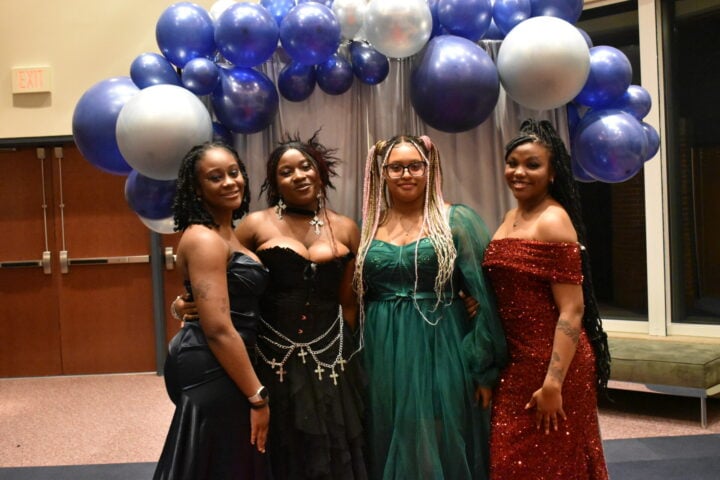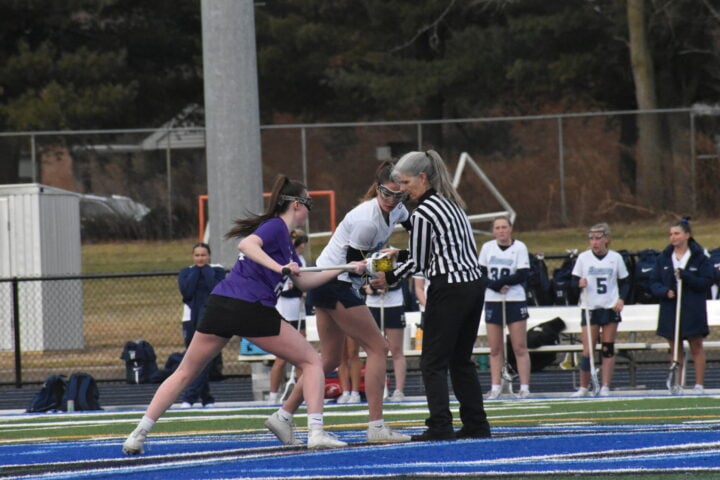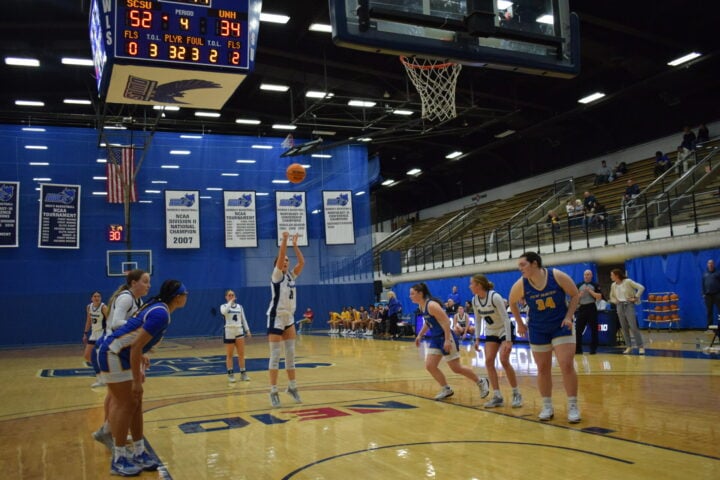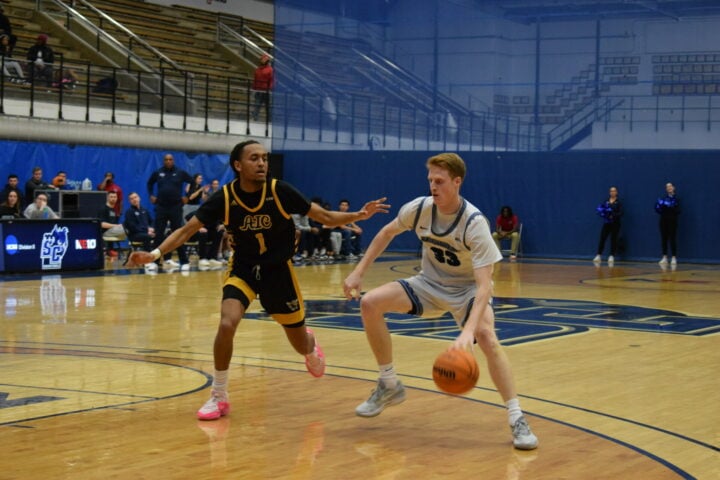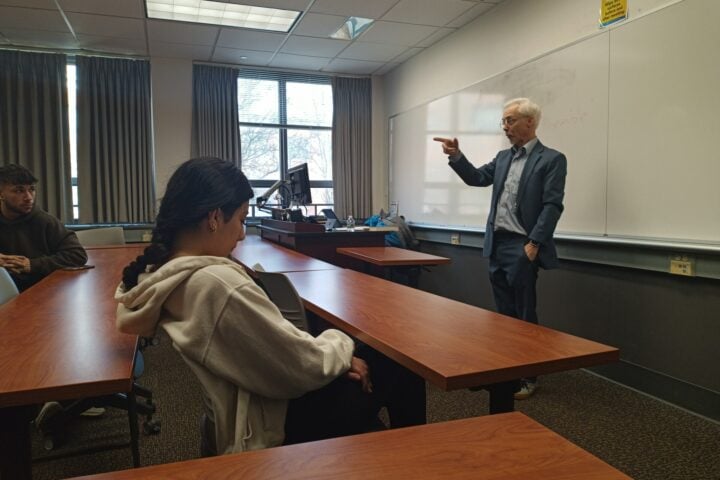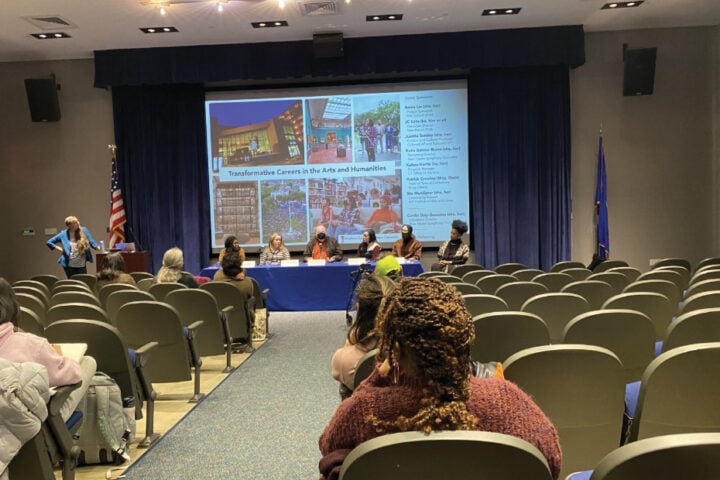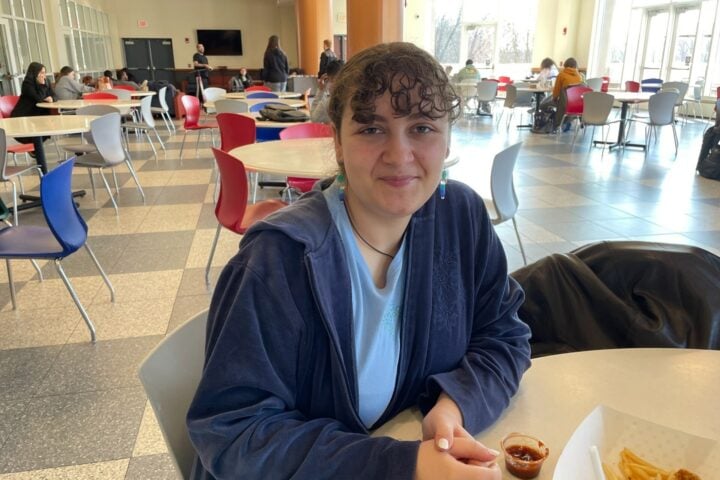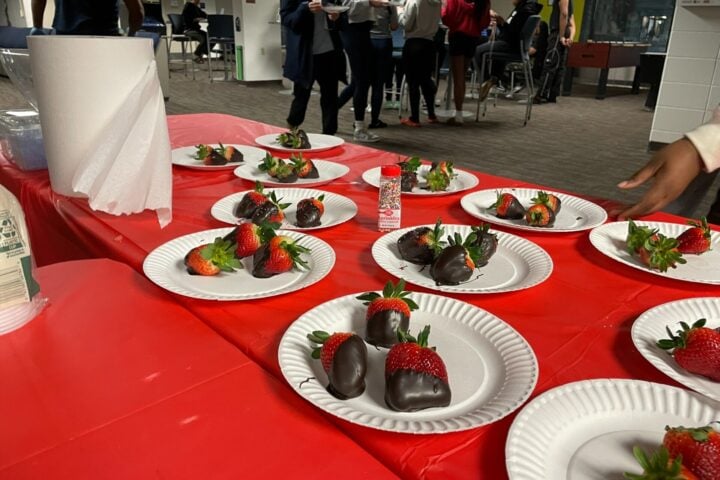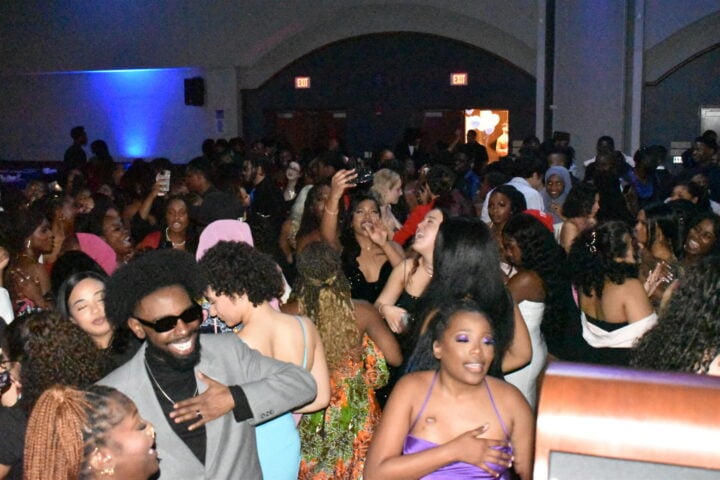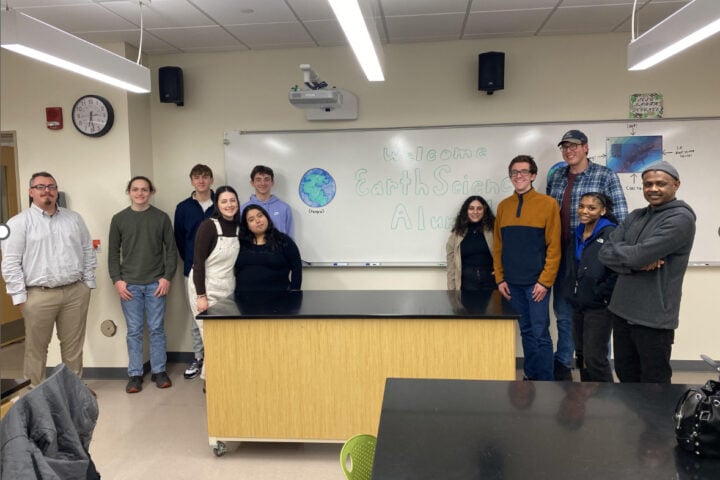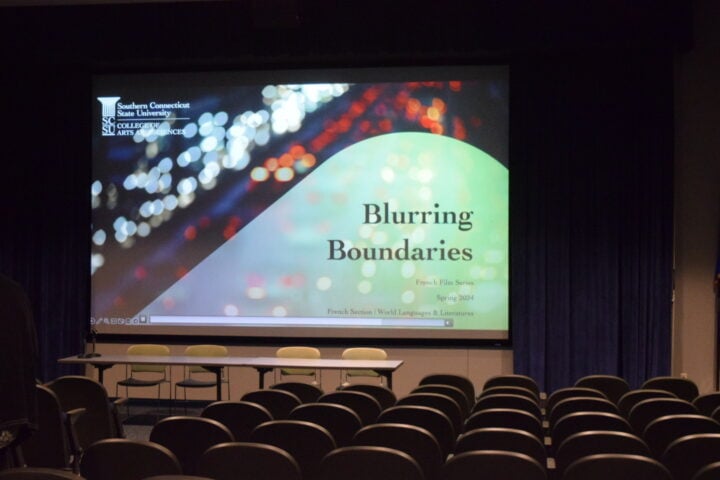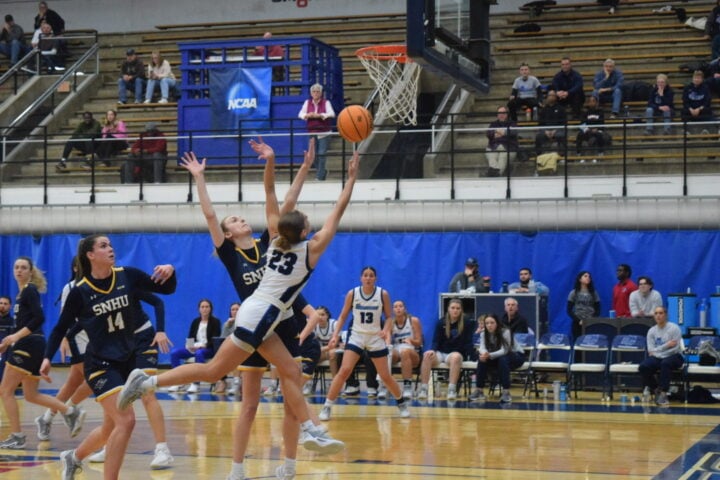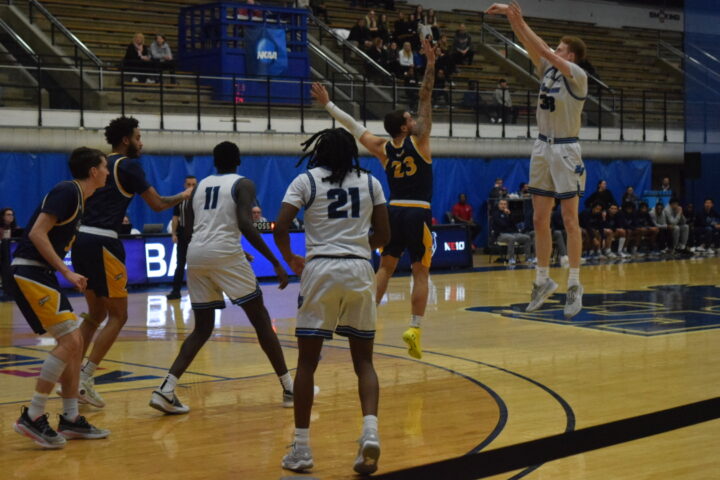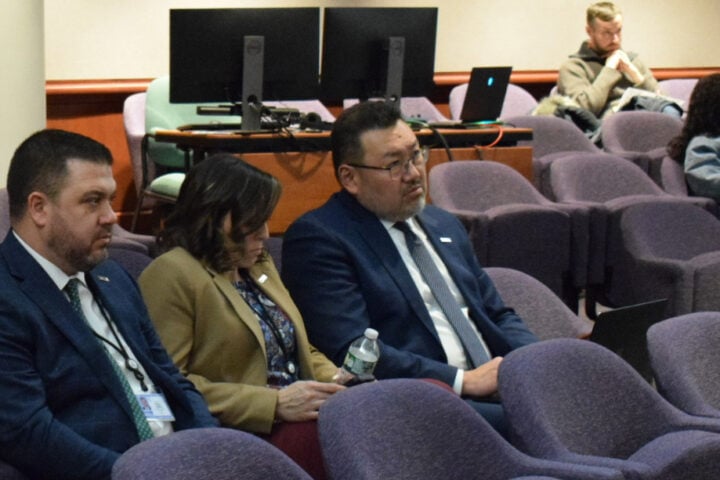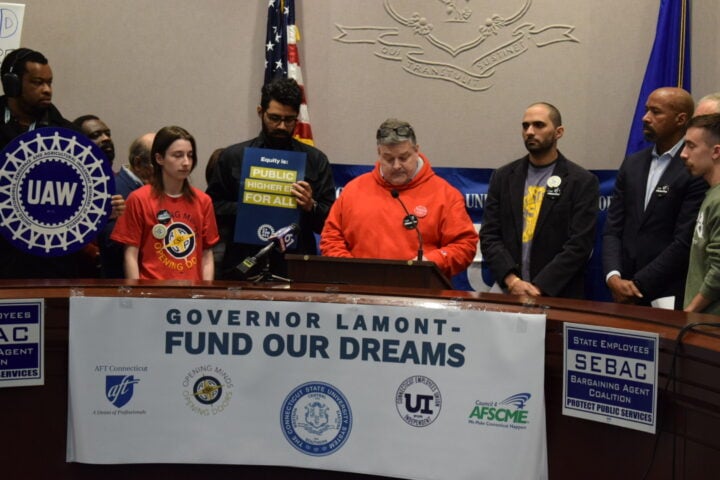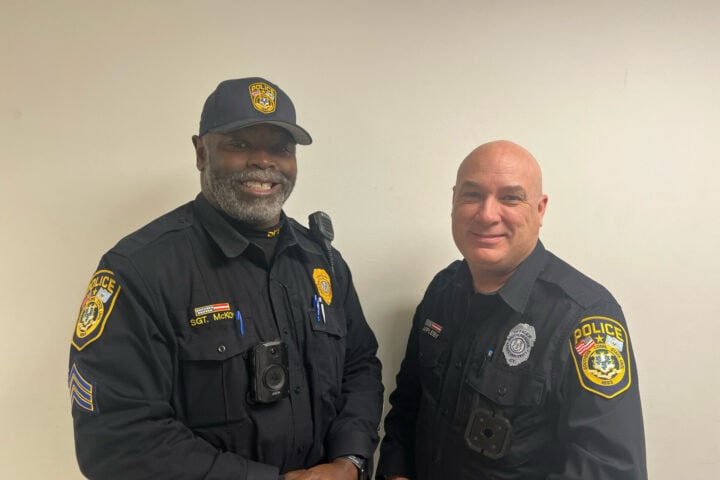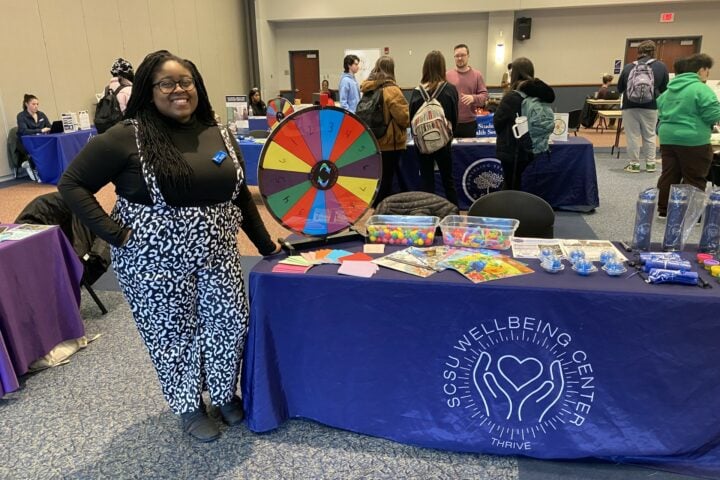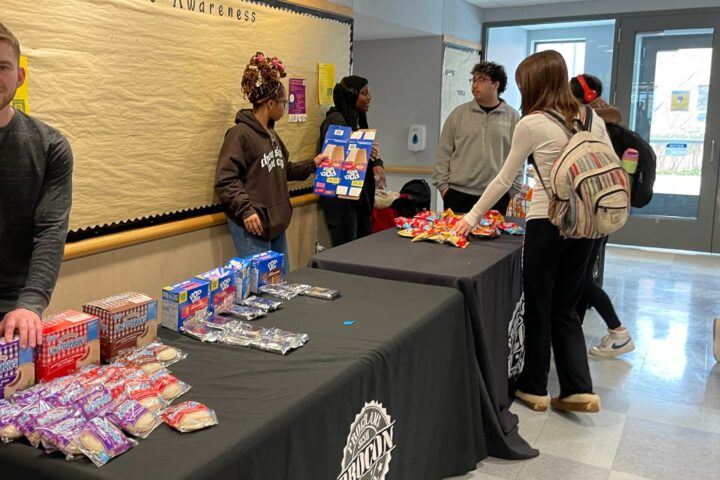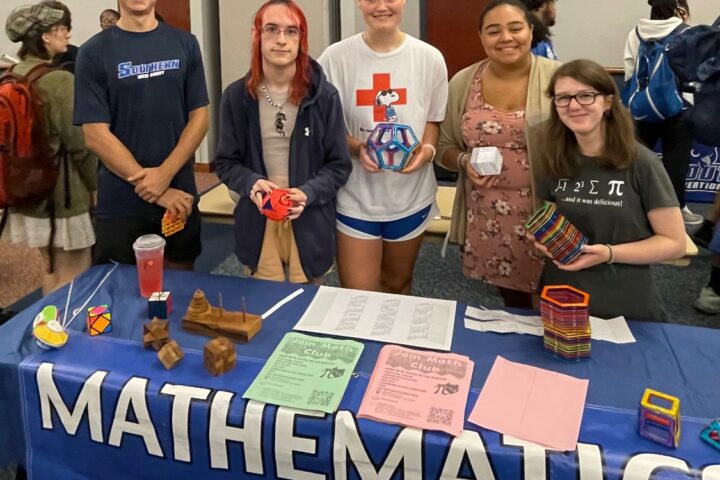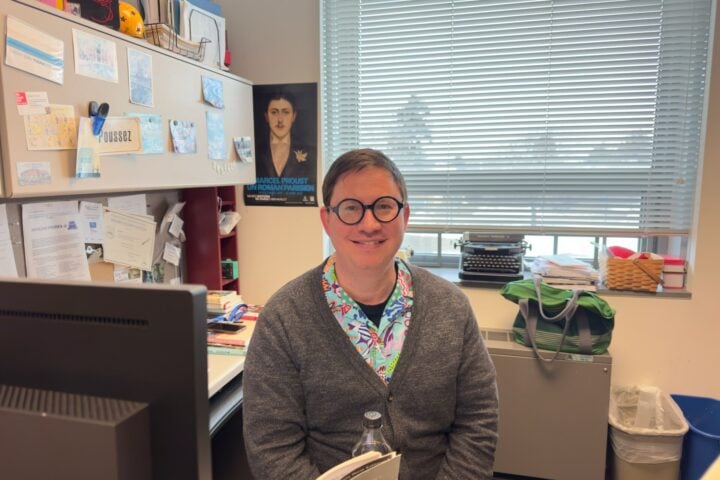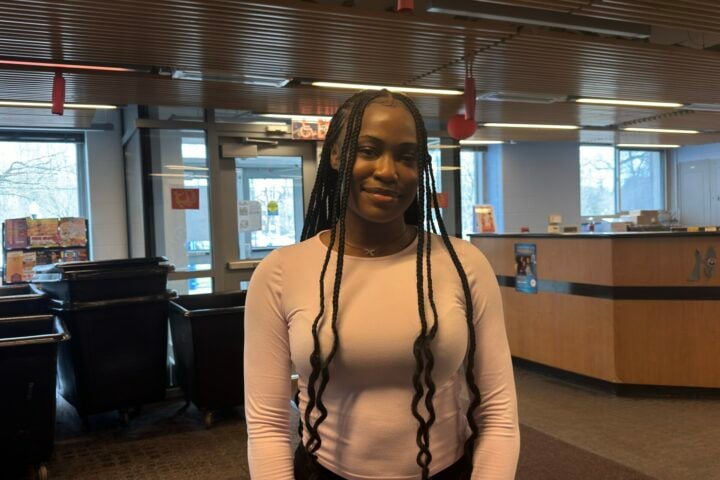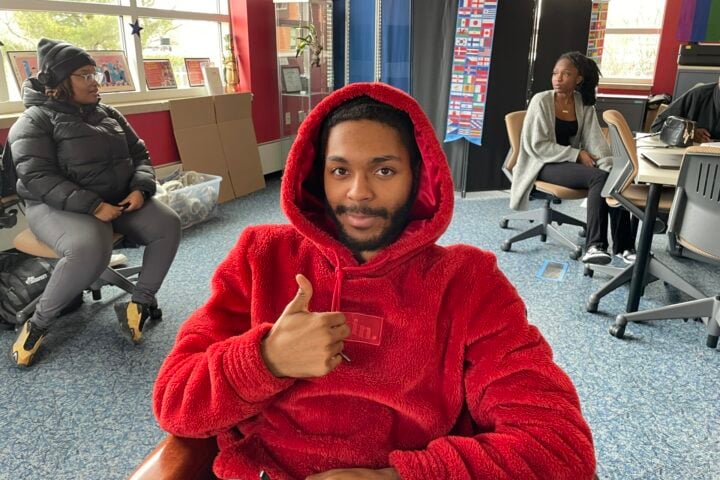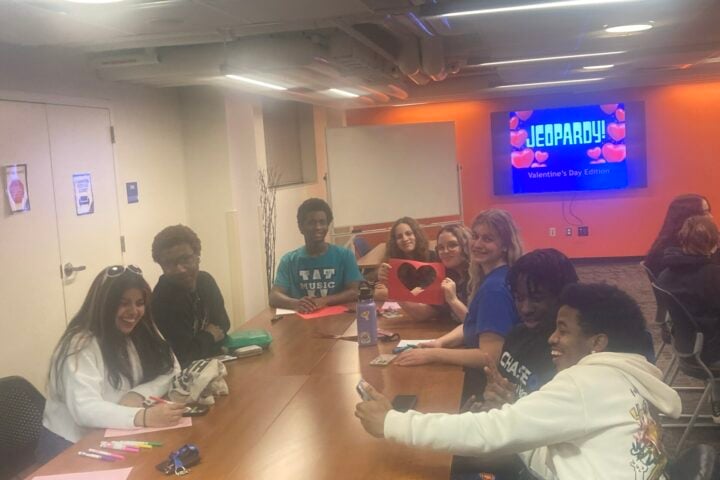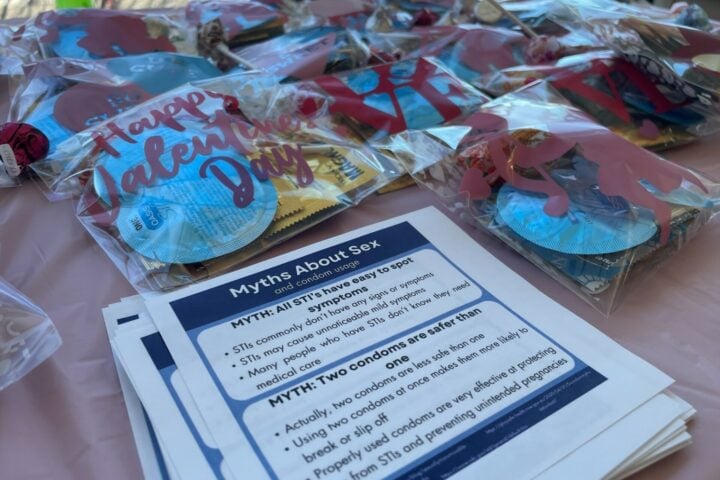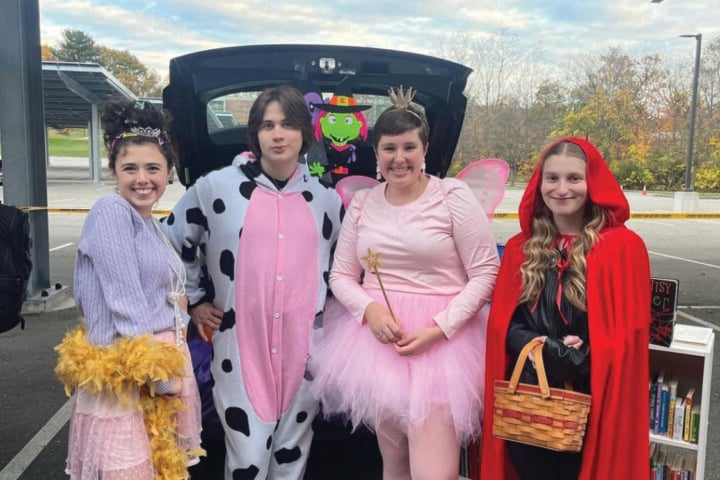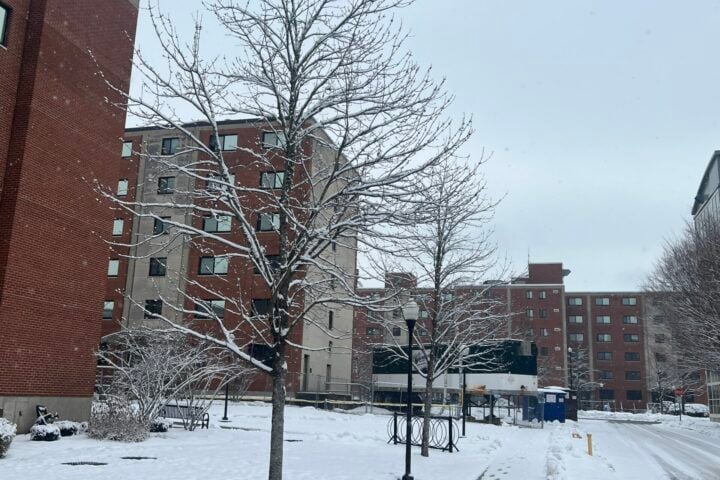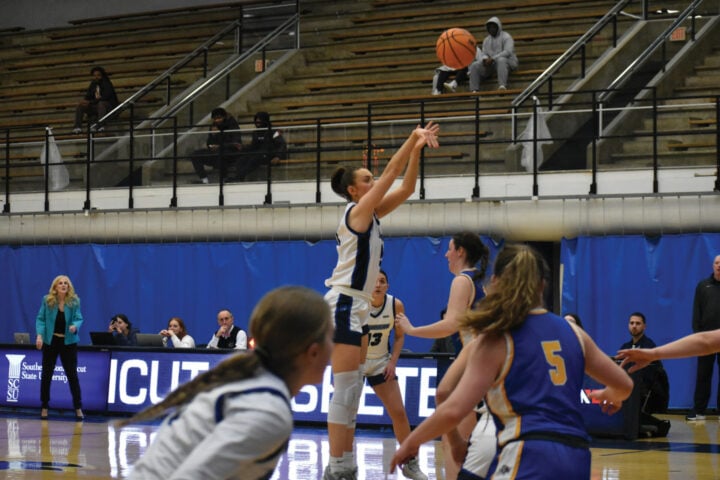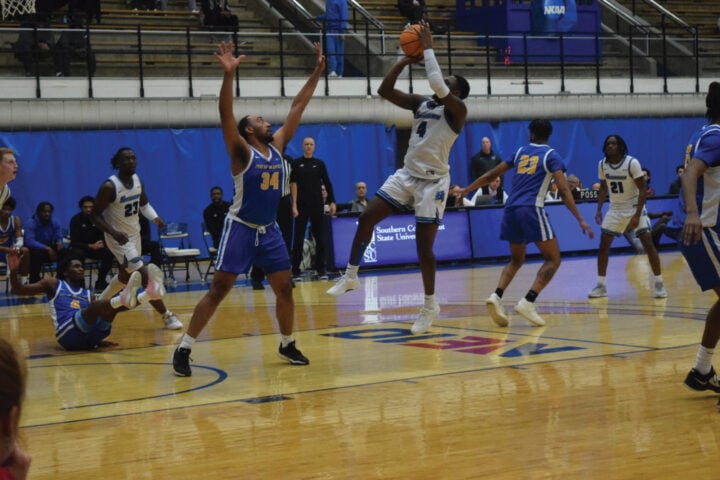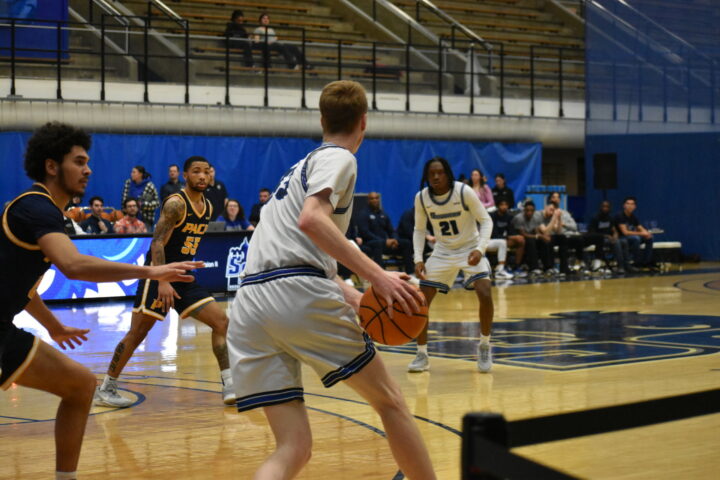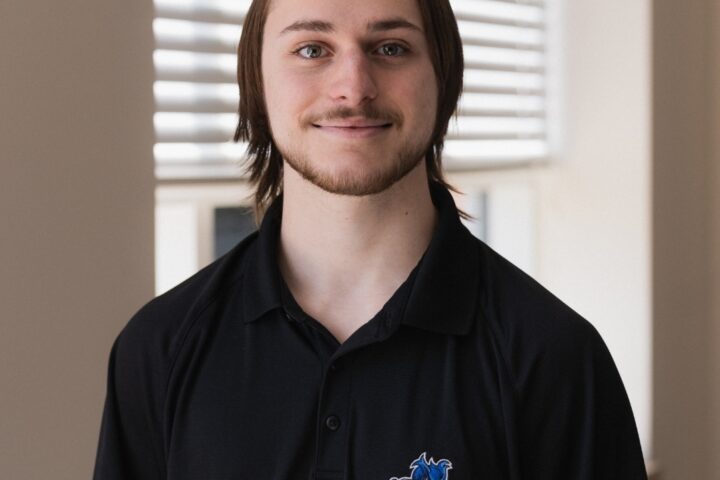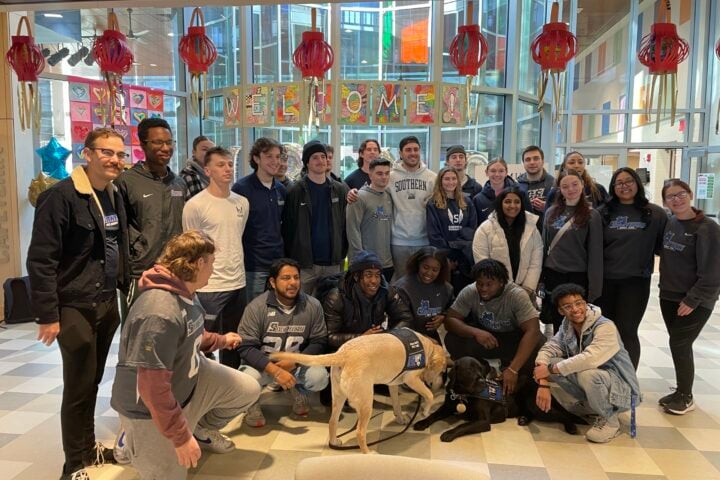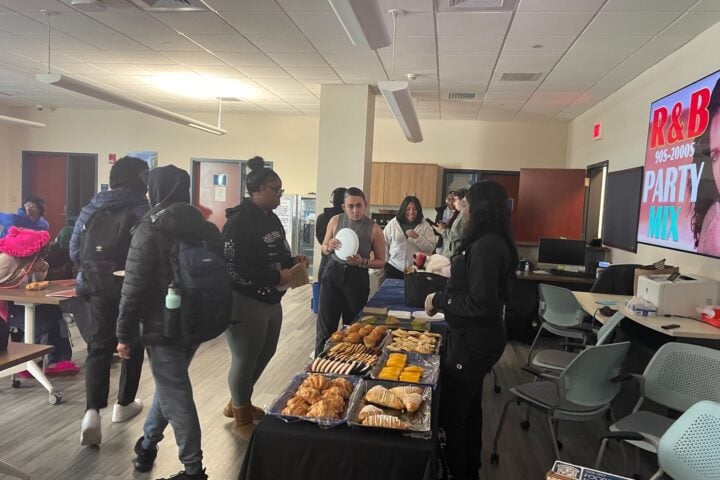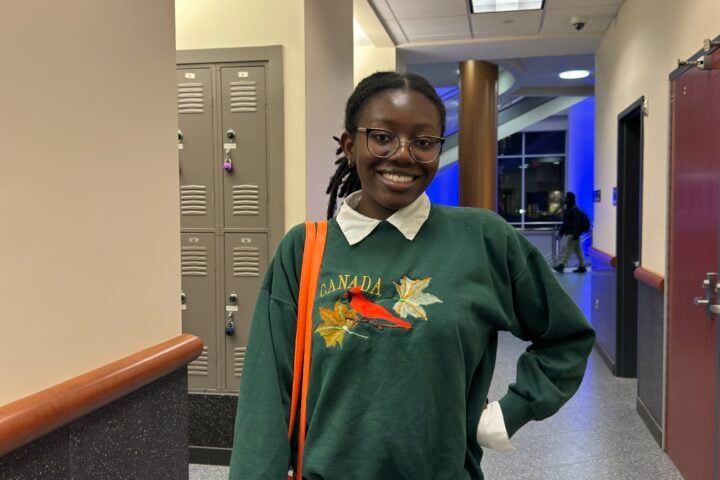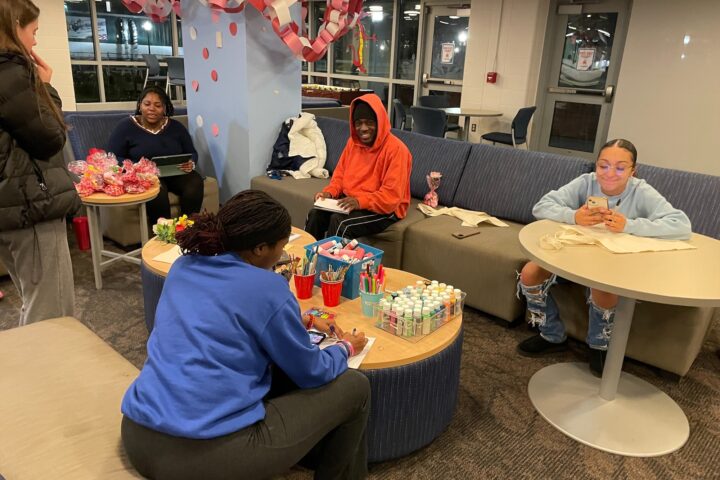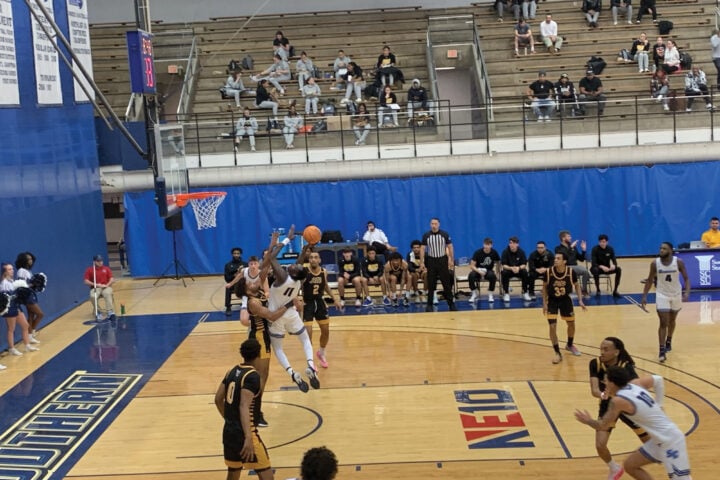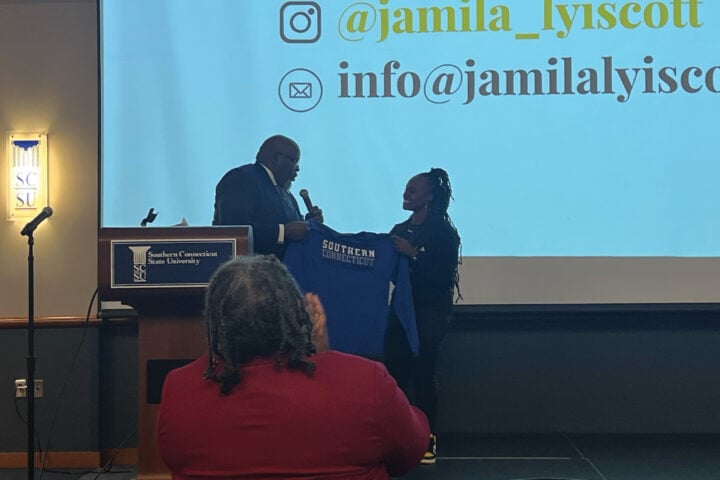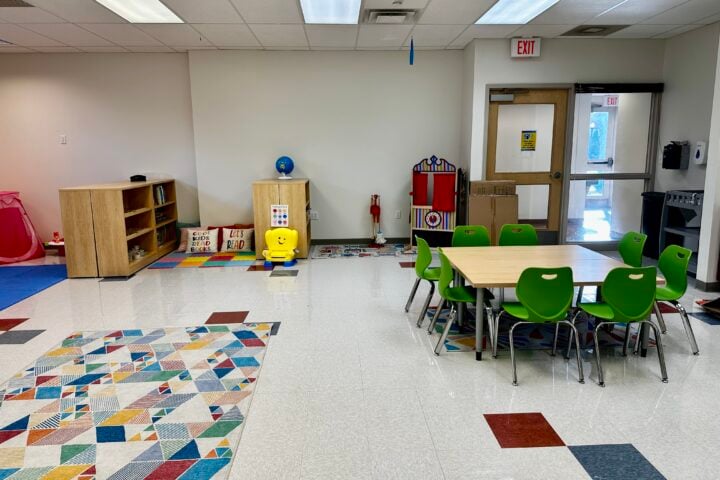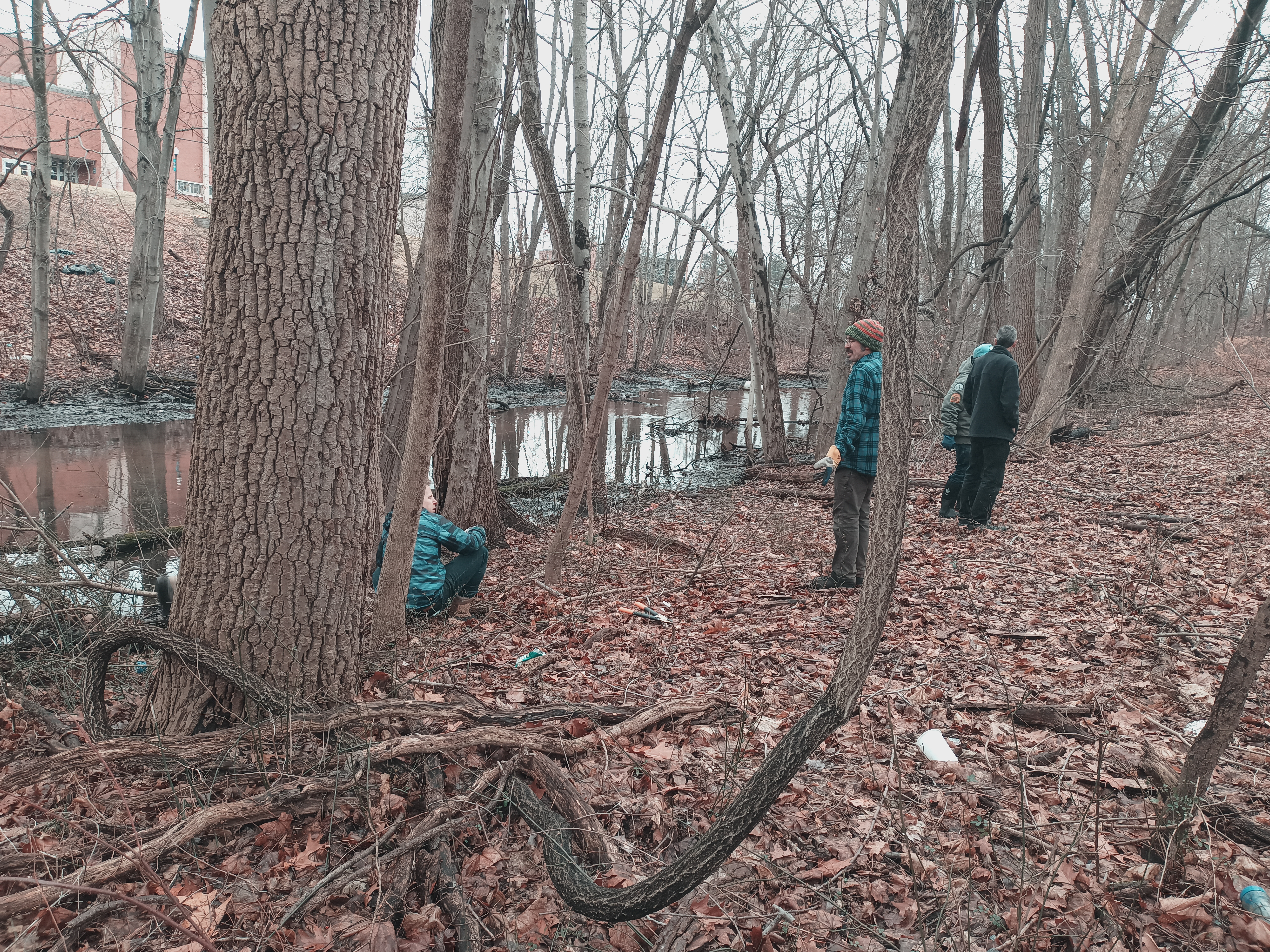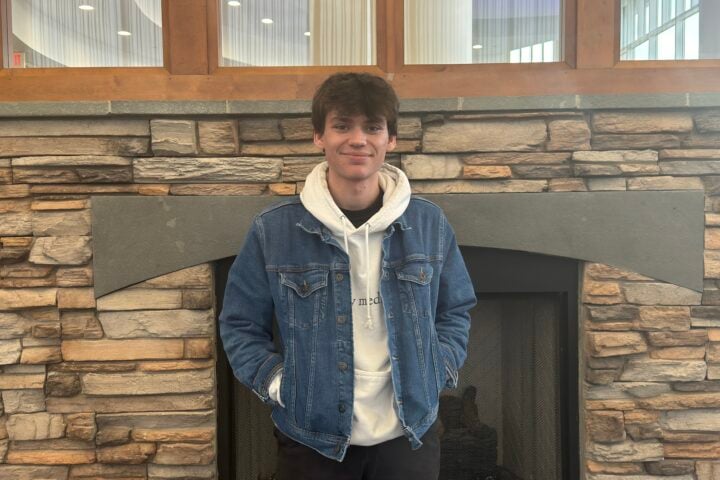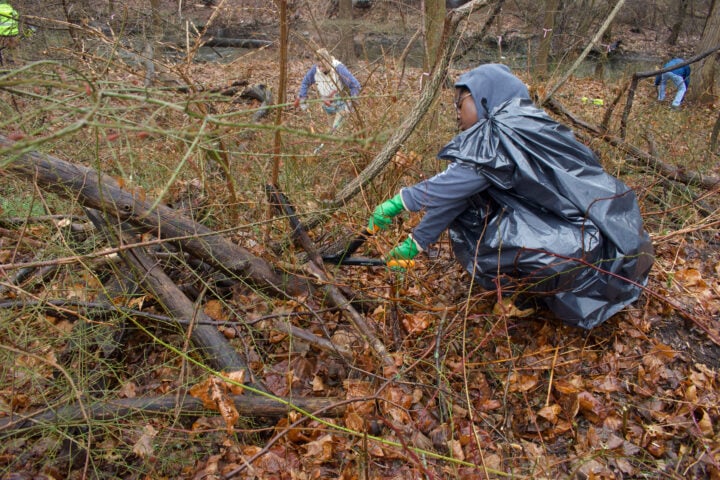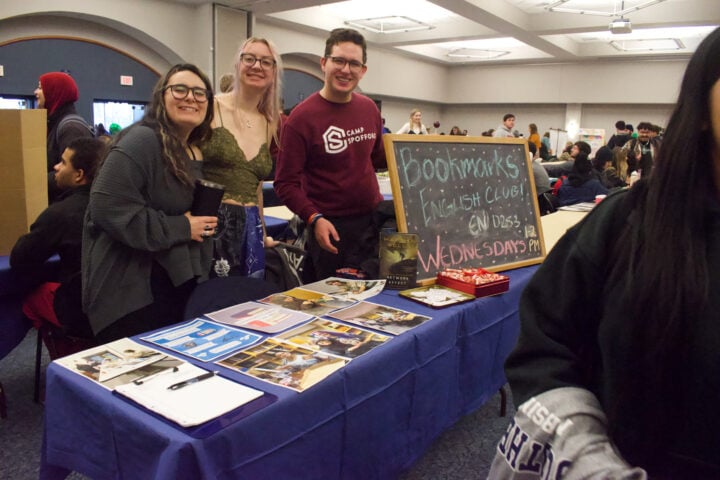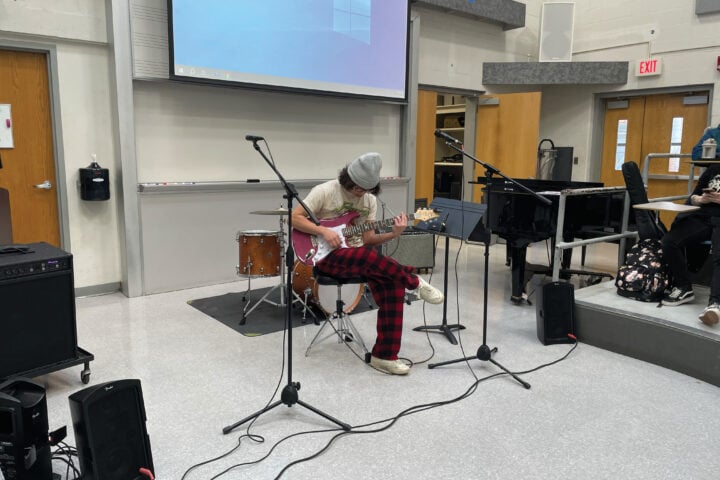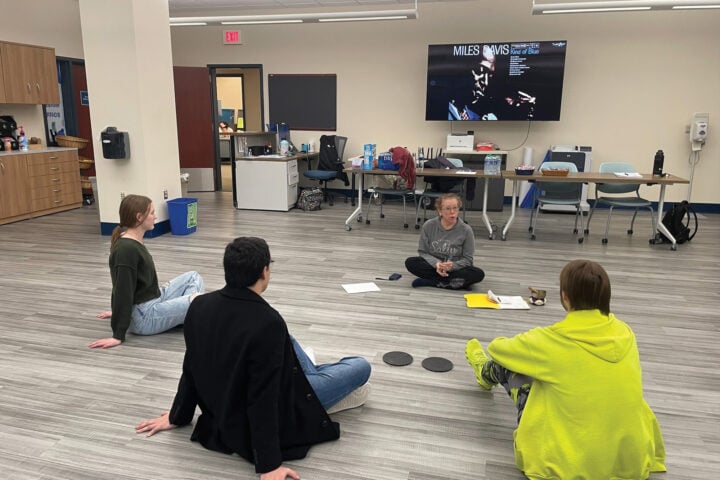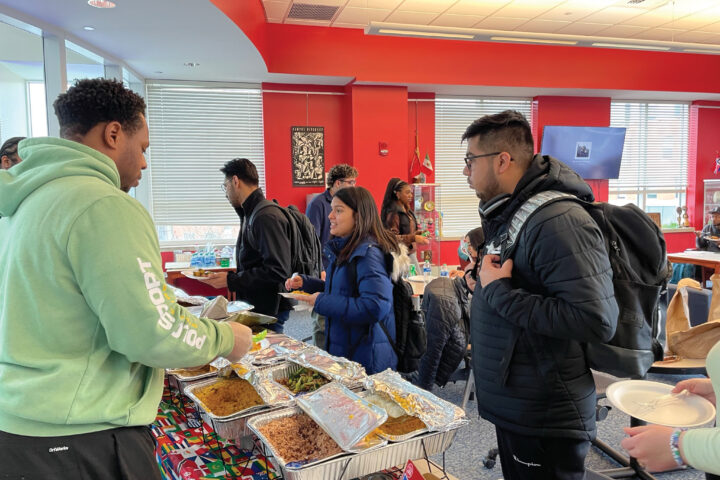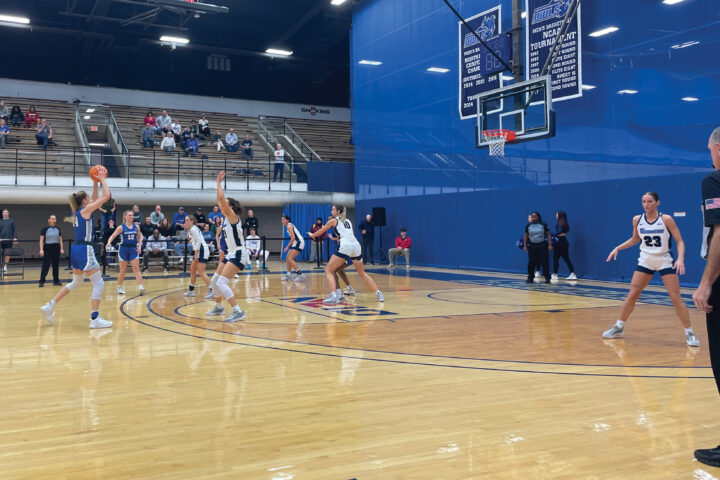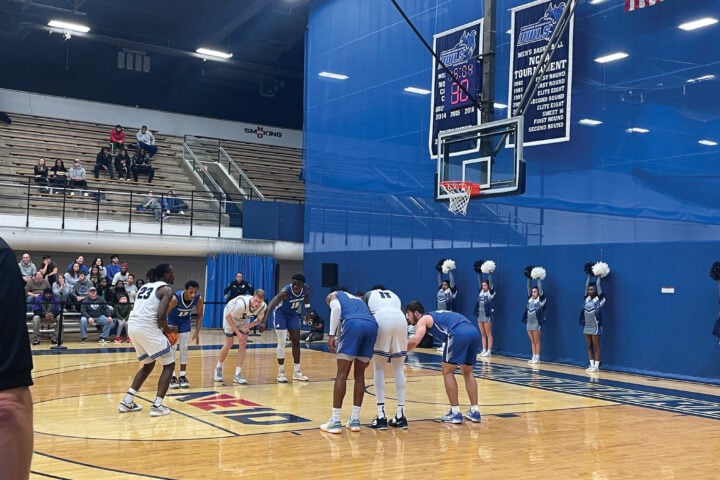Destene Savariau – News Writer
Hailey Roy– Contributor
Jackson Volenec – Contributor
Co-President of the Black Student Union, Mya Yorke, has been a student for four years and has never had a professor of color. Although the university is considered a ‘social justice university,’ Yorke said she does not feel adequately represented.
“It feels as if Southern is only an ‘ally’ to gain brownie points,” said Yorke. “As president of BSU and as a student, I don’t feel like I’m represented in my professors. And I shouldn’t feel like I have to take an African studies class just to have a black teacher.”
Despite social justice efforts made by the university, many students said they feel that the administration needs to do more to represent a diverse campus ecosystem. As the student body becomes more diverse, faculty demographics lag. Meanwhile, many students report frustration despite university efforts, such as the new DEI department.
The most significant change that the faculty and some students have seen is the establishment of the Multicultural Center. A small department’s mission is to provide a safe space for students of color where they otherwise feel they would not have one. As well as the Diversity, Equity, and Inclusion (DEI) department, a department focused on providing more opportunities for faculty of color to make up for the student-to-faculty representation disparity.
Despite the university’s social justice efforts, community members believe they can always be doing better.
“A lot of people are very frustrated with how things are going in this university,” said senior Madison Alexis, an employee of the Multicultural Center and an interdisciplinary studies major. “They feel like their voice is not being heard by those who can make change.”
One of the primary sources of frustration for students is the need for more communication between them and the university administration, as some feel the relationship between students and teachers prevents open communication about social justice.
“I think the reason that a lot of students are nervous to speak on how they feel is because of the inherent power dynamic that will always exist between teacher and student,” said Alexis. “This power dynamic prevents students with real criticism of the university to hold back for fear of the retaliation.”
Vice President of the Division of Diversity, Equity, and Inclusion (DEI) Diane Ariza said the purpose of DEI is to establish social justice and anti-racism that works against racial bias.
“DEI has become a culmination of the work of students, faculty, and staff alumni that I consider to be social justice warriors and anti-racist educators,” said Ariza. “We have to centralize this work that’s already happening, but provide a space for people to come in and have conversations and do more intentional collaboration around really getting us to a better place.”
Because of these kinds of programs and efforts on campus, many would argue that although the university is not perfect, it has made tangible progress in the right direction and will continue to do so.
“When bias occurs, nothing happens,” said Ariza. “So we’re trying–we, the division of DEI–are trying to be more intentional about how to report it. So we’re working on that process, and then also how to educate when things don’t go the way we wanted them.”
Steven Hoffler, an assistant professor in the Department of Social Work, believes it is just as important for white students to experience exposure to students and faculty of color just as crucial as for students of color.
“Racial bias is real,” Hoffler, a member of the DEI council, said. “If students don’t see that intellectual property with people of color, but yet there’s a minority, what message are we sending white students? Unfortunately, that’s how racial bias continues to be perpetuated, especially in the classroom.”
Interdisciplinary studies major Ashley Perez, a senior, believes increasing professors of color would positively affect the student body.
“Seeing people that look like you in those positions of power, that’s motivating. I also think it would increase potential mentorships. Having a faculty member that you can constantly go to because they know where you came from. They can recognize the struggles. They can give you advice based on the things that they went through in the trajectory of their own lives. I also think it would create a safe space for students,” Student Ambassador for the MCC Perez said.
The university’s faculty is significantly less racially diverse than the undergraduate student population. According to data published by the Office of Institutional Research, the student body is made up of 60% white students and 40% non-white in Fall 2021, while according to data provided by the Division of Diversity, Equity, and Inclusion (DEI), the faculty is 23% non-white.
Social justice programs permeate throughout the university for this reason. As of Fall 2022, the undergraduate student body is 51% non-white, a diverse student body compared to other schools in the Connecticut region. Compared to UConn’s 45% non-white demographic and CCSU’s 41% in 2022, the university’s undergraduate demographic is noticeably more diverse.
We do not currently have the Fall 2022 faculty demographics data, but the rates have been consistent for several years, with only minor changes from year to year. The non-white categories include Asian, Black, American Indian, Alaska Native, Native Hawaiian, or other Pacific islanders.
This has been observed by the students and faculty for a while and has even been acknowledged by President Joe Bertolino. During the state of the university address he held in October 2022, he spoke extensively about faculty diversification. During this address, he announced the opening of the DEI office, which set out further to develop social justice in the faculty departments on campus.
“We’re going to be more intentional in our recruitment in our faculty of color. Bottom line,” Bertolino said.
Vice President of Student Affairs Tracy Tyree said that when the university advertises jobs in the higher education market, they have written job descriptions that more explicitly name their commitment and desire to recruit staff that matches student demographics.
Tyree also spoke on the correlation between the climate at the university and the recruitment of Black faculty members.
“We’ve made a lot of progress around climate, as well as representation. They go hand in hand. We cannot recruit more Black and brown people to our campus if we don’t have a good climate for them to work in,” Tyree said.
“The social climate we have created here at Southern changes, and continues to change,” said President Joe. “We are not in the same place we were in 10 years ago. We are not.”
With the desire to make faculty more reflective of its student body, some argue that the social climate needs to shift even more before there will be a strong desire for diverse faculty to join the institution.
Assistant Director of the Multicultural Center Jonah Cragget expresses how vital diverse staff is to students of color and how it can positively affect their academic careers.
“Having people who relate to the same struggle, experiences, and culture is vital to any student,” Cragget said. “I think it serves not only as inspiration to succeed, but it can also be that extra support you may need from someone who knows what you’re going through or, at the very least, can sympathize.”
Philosophy major Jen Ng who has had no more than two Black professors during her time at the university, said faculty working in the universities offices often say they are working on retention and recruitment but believes they need to be more holistic.
“They need to be treating their minority professors who are already here a lot better, recognizing them, and they need to make sure their pay is sufficient,” Ng said.
Perez said she feels the climate at the university must be adequate for faculty for the university to be able to retain them.
“They can hire all the Black and brown professors they want but what are they doing to keep them here? Are the conditions good, are they being paid enough, are they being listened to, are their needs being met,” Perez said. “What’s the point of hiring them if they’re not gonna reach tenured?”














